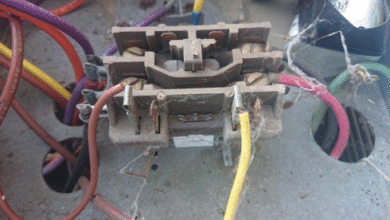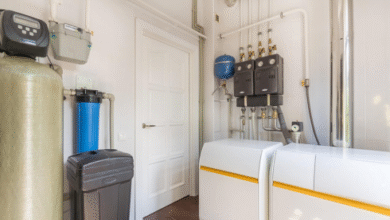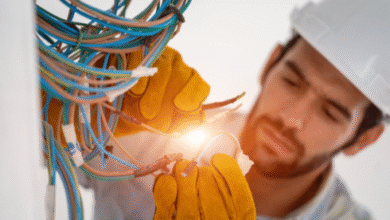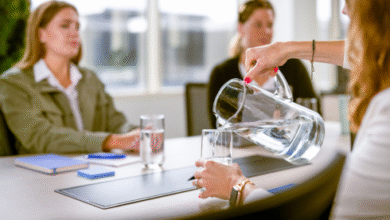What’s In Your Water? Why Testing, Treating, and Filtering Could Change Everything
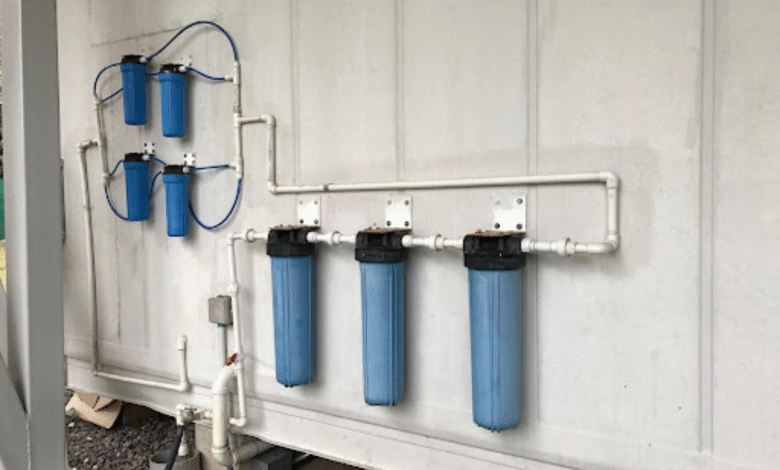
We trust our water. Maybe too much. You turn on the tap, fill your glass, and drink without thinking twice. No color? No odor? Must be good. Right?
But what if it isn’t?
Behind that clear stream might be a cocktail of minerals, metals, chemicals, or even bacteria you’d rather not be sipping. The truth is, water that looks clean and safe might be quietly affecting your plumbing, your appliances, even your skin and hair. That’s why more and more homeowners are waking up to the importance of water testing, hard water treatment, water filtration systems—and making moves to protect their home and health.
Let’s break it down like a conversation over coffee, not a chemistry class.
It Starts With a Simple Test
Ever get those crusty white stains on your faucets? Feel like your shampoo doesn’t lather the way it should? Or maybe your dishes come out cloudy no matter how fancy your dishwasher tabs are. Those are all classic symptoms of hard water—but they’re just the beginning.
That’s where water testing comes in. Think of it as a check-up for your home’s most essential resource. You can do a quick DIY test (cheap and surprisingly fun, honestly), or go the pro route and get a full breakdown—calcium, magnesium, pH levels, chlorine content, iron, lead, and even bacterial presence.
Why bother? Because once you know what’s in your water, you can stop guessing and start fixing. You’d never take medicine without knowing what’s wrong—so why treat your water that way?
The Sneaky Trouble With Hard Water
Hard water is a pain in the…everything. It’s not toxic, but it sure isn’t helpful.
It comes loaded with dissolved minerals, mostly calcium and magnesium. Left untreated, those minerals build up—on your pipes, in your water heater, inside your coffee machine. Over time, they reduce efficiency, raise your energy bills, and send your appliances to an early grave.
Your hair feels like straw. Your towels? Scratchy. That silky feel after a hot shower? Hard water can dull that fast. Plus, soap and detergent don’t work as well in hard water, so you end up using more—wasting money and getting mediocre results.
Thankfully, hard water treatment isn’t some complicated ordeal. Water softeners are your best friend here. They remove those hardness minerals through ion exchange—swapping calcium and magnesium for sodium or potassium ions. The result? Softer water, smoother skin, longer-lasting plumbing, and a whole lot less frustration.
Not Just Soft—Make It Clean
Okay, so we’ve tackled the hardness. But what about everything else?
Even water that’s technically “soft” might still carry contaminants. Chlorine. Rust. Pesticides. Pharmaceuticals. (Yep, that’s a thing.) So if your goal is truly healthy, tasty, reliable water from every tap, you’re going to want to look into water filtration systems.
Now, this doesn’t mean you need to turn your basement into a water treatment plant. Filtration systems come in all shapes and sizes:
- Pitcher filters: Great for small households, renters, or budget-conscious folks.
- Under-sink filters: Ideal if you just want clean drinking water at the kitchen tap.
- Whole-house systems: Perfect for comprehensive filtration—showering, cooking, laundry, everything.
Some systems focus on sediment. Others are made for chemical removal or even microbial purification. Reverse osmosis filters, for example, are next-level—they push water through a semi-permeable membrane that traps pretty much anything you don’t want in your body.
Yes, some of this sounds a bit “science project,” but once installed, these systems quietly do their job, day in and day out. You just notice that your water tastes better, feels cleaner, and smells, well…like nothing. And that’s exactly what you want.
How Do You Know What You Need?
It all comes back to testing. You might not need a whole-house setup—maybe a softener and an under-sink filter will do just fine. Or maybe your well water has a high iron content, and you need something more specialized.
Talk to a water professional. Or better yet, start with that simple home test kit. Within minutes, you’ll know if your water’s too hard, too acidic, or carrying more chlorine than a swimming pool. From there, you can start building a treatment system that fits your budget and lifestyle.
It’s not about overdoing it—it’s about customizing your water to suit your home.
A Long-Term Investment That Pays for Itself
Let’s be real: water treatment systems aren’t free. But they’re not outrageously expensive either, especially when you consider what you’re saving long-term.
You’ll extend the life of every appliance that uses water. Your hot water heater will run more efficiently. Your laundry will look brighter, feel softer, and last longer. Your family will be drinking water that’s not just “okay,” but actually clean and healthy.
And honestly? Peace of mind is kind of priceless.
Final Sip
Water touches every part of your home. From your morning coffee to your evening bath, from your garden hose to the baby’s bottle—it’s everywhere. Doesn’t it make sense to know what’s in it? To treat it with the care and respect it deserves?
Whether you’re just curious about that cloudy glass, tired of battling soap scum, or want to finally kick the bottled water habit, now’s a great time to take control of your water quality.
Start with water testing, look into hard water treatment, and explore water filtration systems that fit your needs—not just what’s trending. Your skin, your appliances, and your taste buds will thank you.

